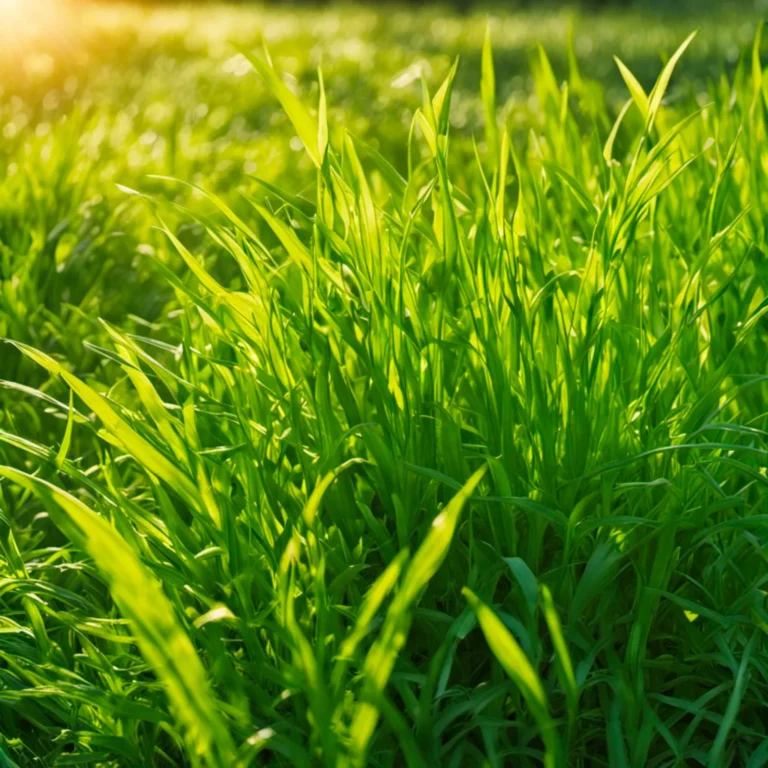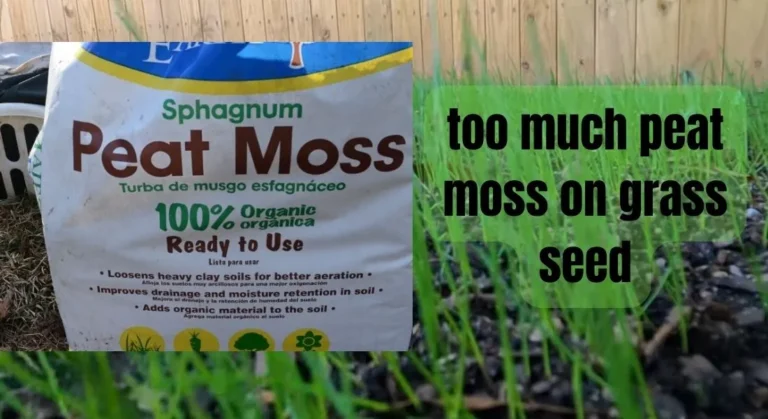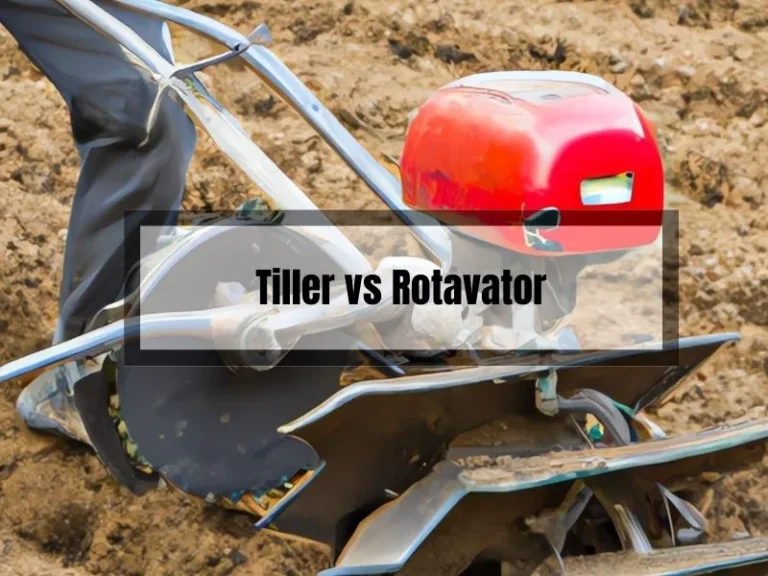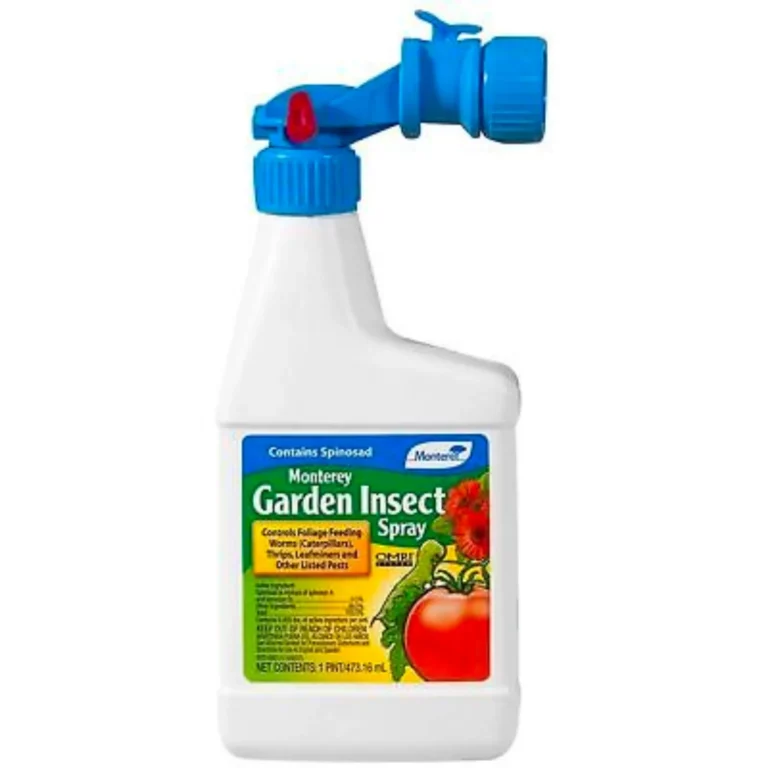Peat Moss vs Compost for Grass Seed: Which One Is Best for Your Lawn?
Hey there, fellow green thumbs! If you’re anything like me, you know that a lush and healthy lawn can be a real mood booster. But to grow that perfect grass, you need to choose the right soil amendment.
Today, we’re going to explore two popular options: peat moss and compost. Our mission? To help you make an informed decision between peat moss and compost for grass seed. So, let’s dive right in!
Key Takeaways
- Choosing the right soil amendment can make all the difference in the success of your lawn.
- Peat moss is great for retaining moisture and improving soil structure, while compost is nutrient-rich and can improve soil fertility.
- Consider your lawn’s specific needs when choosing between peat moss and compost for your grass seed.

Peat Moss vs Compost for Grass Seed: Pros and Cons
Before we can weigh the pros and cons, it’s essential to understand what peat moss and compost are.
Peat moss is an organic material formed from decayed plants, primarily sphagnum moss, that accumulates in waterlogged environments known as peat bogs. Compost, on the other hand, is a rich and earthy material created by decomposing organic matter like leaves, grass clippings, and food scraps.
Now, let’s discuss the benefits and drawbacks of using peat moss for grass seed.
Pros of Peat Moss
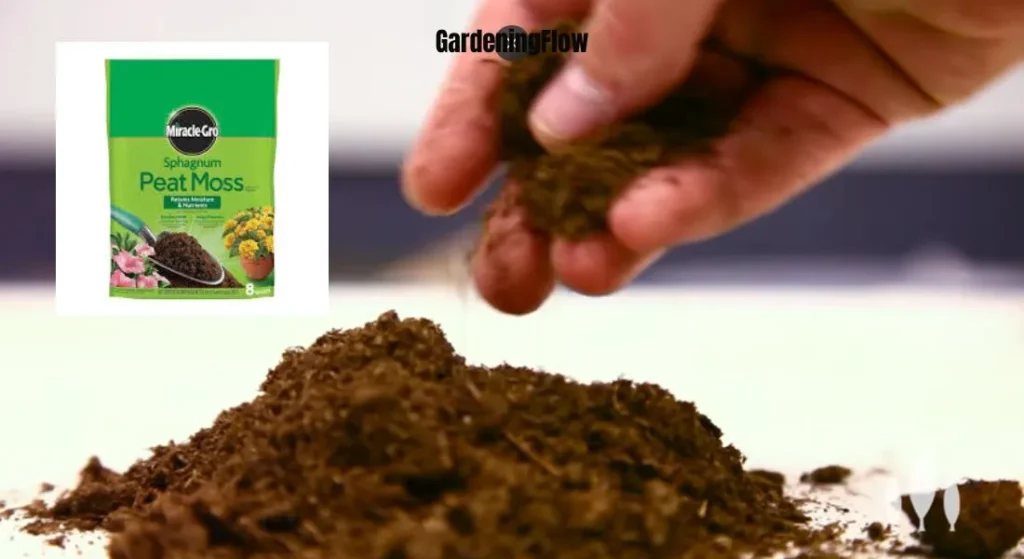
- Excellent water retention: Peat moss can absorb a lot of water, which means it’s great for keeping your grass seedlings hydrated.
- Acidic pH: If your soil is too alkaline, peat moss can help lower the pH, making it more suitable for grass growth.
- Sterile: Peat moss is free of weed seeds and harmful pathogens, so you won’t be introducing any unwanted guests to your lawn.
Cons of Peat Moss
- Limited nutrients: Peat moss doesn’t offer much in the way of nutrients, so you might need to supplement with fertilizers.
- Environmental concerns: Harvesting peat moss can be damaging to peat bogs and contributes to greenhouse gas emissions.
- Cost: Peat moss can be a bit pricier than compost, which might be a concern for budget-conscious gardeners.
Next up, let’s talk about the benefits and drawbacks of using compost for grass seed.
Pros of Compost
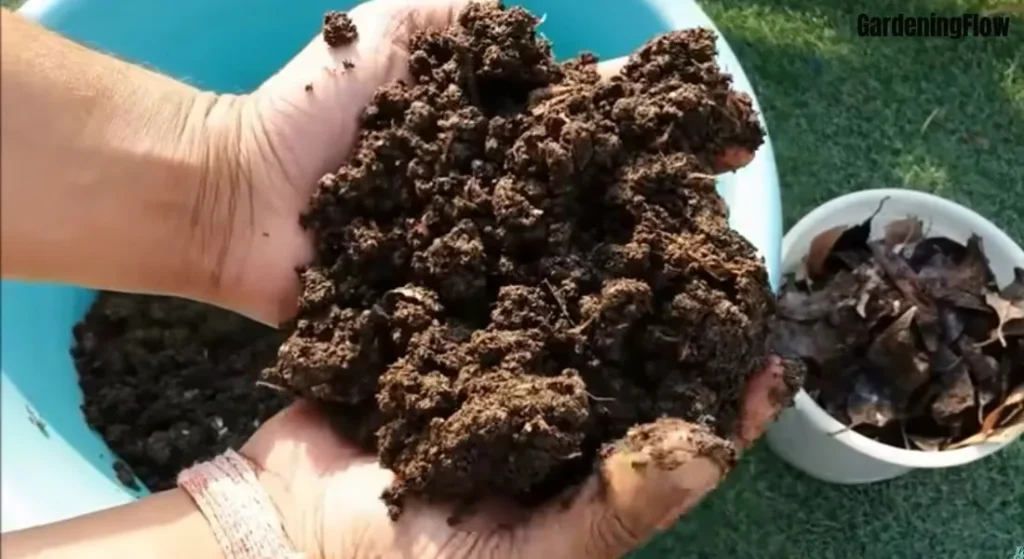
- Nutrient-rich: Compost is packed with essential nutrients that promote healthy grass growth.
- Improves soil structure: Compost helps improve soil aeration, drainage, and overall structure.
- Sustainable: Composting is an eco-friendly way to recycle organic waste, reducing the strain on landfills.
Cons of Compost
- Inconsistency: The nutrient content of compost can vary depending on the materials used and the composting process.
- Potential for weed seeds: If not properly managed, compost can harbor weed seeds and pathogens.
Factors to Consider When Choosing Between Peat Moss and Compost
Now that we’ve covered the pros and cons, let’s discuss the factors that influence the choice between peat moss and compost for grass seed.
Soil Type and Condition
Evaluate your soil’s texture, structure, and pH to determine which amendment would be more beneficial. For instance, if your soil is heavy clay, compost can help improve its structure. If it’s too alkaline, peat moss might be a better choice.
Climate and Weather
Consider your local climate and weather patterns. If you live in a dry area, peat moss’s water retention abilities can be a real asset. If you experience heavy rainfall, compost can help improve soil drainage.
Lawn Size and Maintenance
Factor in the size of your lawn and how much time you’re willing to spend on maintenance. If you have a small lawn and don’t mind a bit of extra work, you might prefer the nutrient-rich compost. On the other hand, if you have a larger lawn and want a low-maintenance solution, peat moss might be more suitable.
Environmental Impact and Sustainability
Consider the environmental implications of your choice. Compost is a more sustainable option, as it recycles organic waste and reduces landfill pressure.
Peat moss harvesting can contribute to the degradation of peat bogs and release greenhouse gases, which might make you think twice about using it.
pH Levels
The pH levels of your soil will also play a role in determining which option is best for you. Peat moss is naturally acidic, so it can be useful for lowering the pH of alkaline soil.
Compost, on the other hand, is usually neutral or slightly alkaline, so it can be useful for raising the pH of acidic soil. If you’re not sure what the pH level of your soil is, you can purchase a testing kit from your local garden center.
Cost
Cost is always a consideration when it comes to gardening. Peat moss can be expensive, especially if you need a large quantity.
Compost, on the other hand, can be made at home using kitchen scraps and yard waste. If you’re on a tight budget, compost may be the better option.
Best Practices for Using Peat Moss and Compost with Grass Seed
So, you’ve chosen between peat moss and compost (or maybe you’re considering using both?). Let’s share some tips and tricks for getting the most out of your chosen amendment when planting grass seed.
Preparing the Soil
Before you start, make sure to remove any debris, like rocks and twigs, from the area. You’ll also want to loosen the soil with a tiller or garden fork to a depth of at least 4-6 inches, which helps create a welcoming environment for your grass seed.
Mixing and Applying Amendments
For peat moss, you’ll want to dampen it before mixing it with your soil. Aim for a ratio of about one part peat moss to four parts soil. For compost, a 1- to 2-inch layer evenly spread across the soil surface should do the trick.
Don’t forget to mix your chosen amendment thoroughly with the existing soil for the best results.
Seeding and Watering
Now it’s time to sow your grass seed! Follow the recommended seeding rate for your chosen grass type and evenly distribute the seeds. Lightly rake the soil to cover the seeds and gently tamp it down to ensure good seed-to-soil contact.
Finally, water the area gently to avoid washing away the seeds. Keep the soil consistently moist until the grass seedlings are established.
FAQs
Can I use both peat moss and compost together for grass seed?
Absolutely! Combining peat moss and compost can give you the best of both worlds—peat moss’s excellent water retention and the nutrient-rich goodness of compost. Just be mindful of your soil’s pH and make any necessary adjustments.
How much peat moss or compost should I apply to my lawn?
For peat moss, a ratio of one part peat moss to four parts soil is ideal. For compost, a 1- to 2-inch layer spread evenly across the soil surface should suffice. Be sure to mix your chosen amendment thoroughly with the existing soil.
Are there any alternatives to peat moss and compost for grass seed?
Yes, there are other soil amendments like coconut coir, aged manure, or even store-bought topsoil mixes. Each has its benefits and drawbacks, so research and experimentation are key to finding the right fit for your lawn.
How often should I apply compost to my lawn after the grass has established?
It’s generally recommended to apply compost to your lawn once or twice a year—usually in the spring and fall. This helps maintain soil fertility and improves overall lawn health.
Conclusion
Well, there you have it, friends! We’ve explored the key points and comparisons between peat moss and compost for grass seed. Ultimately, the choice between peat moss and compost comes down to your specific needs and personal preferences.
Don’t be afraid to experiment and find the best solution for your unique lawn situation. Remember, a gorgeous lawn not only boosts your curb appeal but also gives you a fantastic space to enjoy the outdoors. Happy gardening!
Related Posts:
- Unravel the mystery: Is too much grass seed detrimental to your lawn
- Peat Moss or Topsoil: The Perfect Soil Amendment for Grass Seed
- Maximizing Grass Seed Growth: The Need for Rolling New Grass Seed
- Grass Removal or Rotavating: The Efficient Route to a Healthy Lawn
- Choosing the Perfect Garden Tool: Tiller versus Rotavator Showdown

